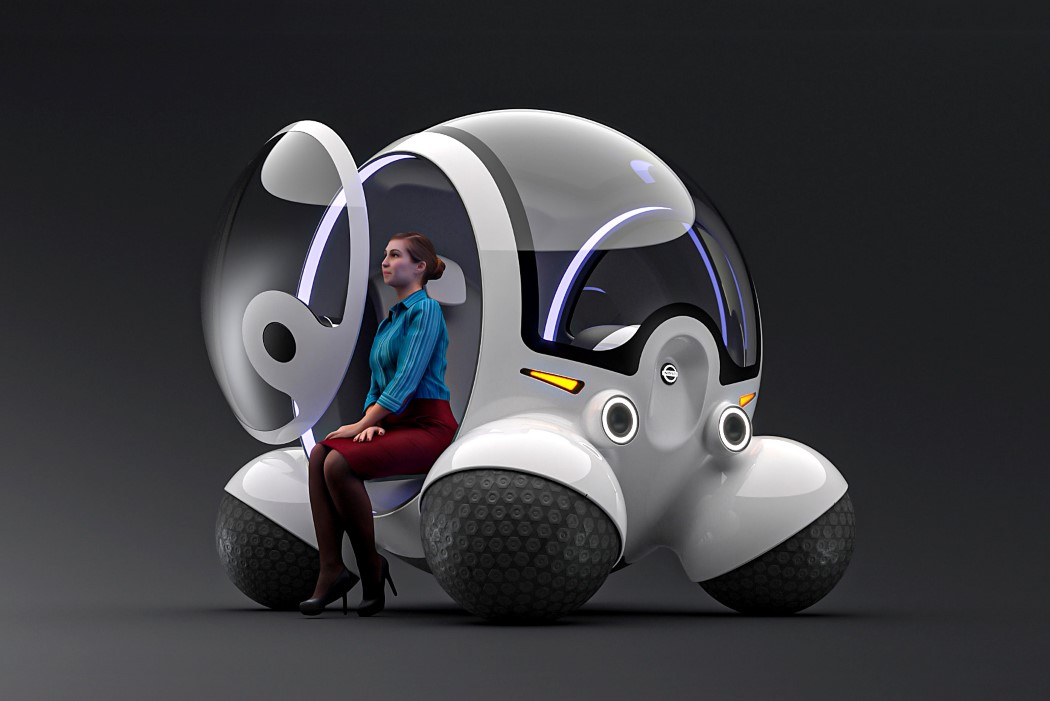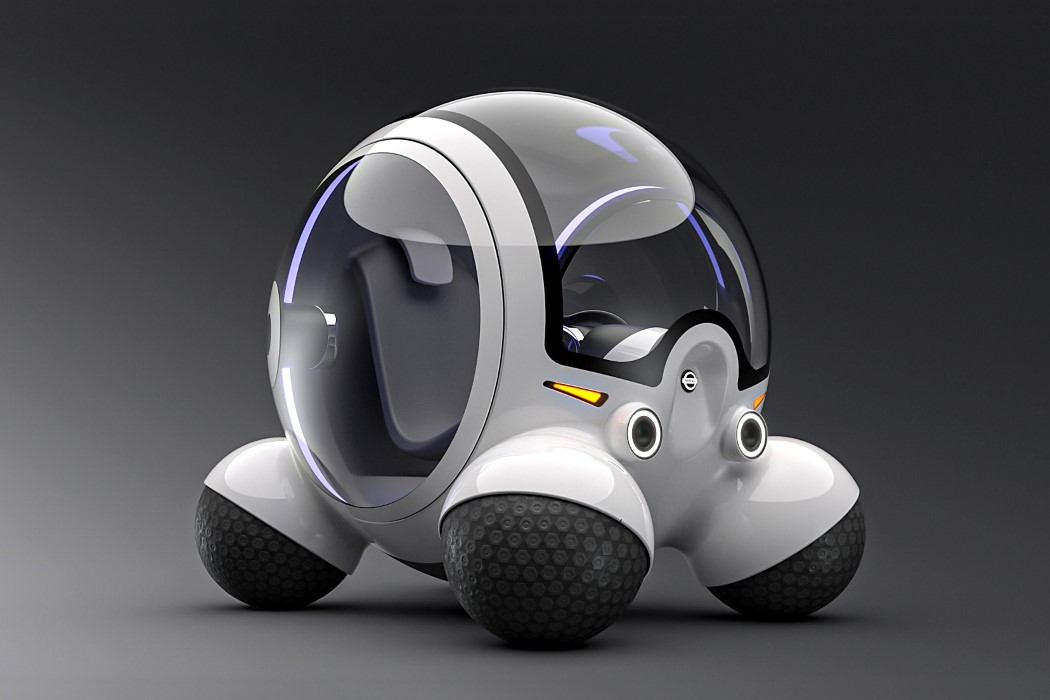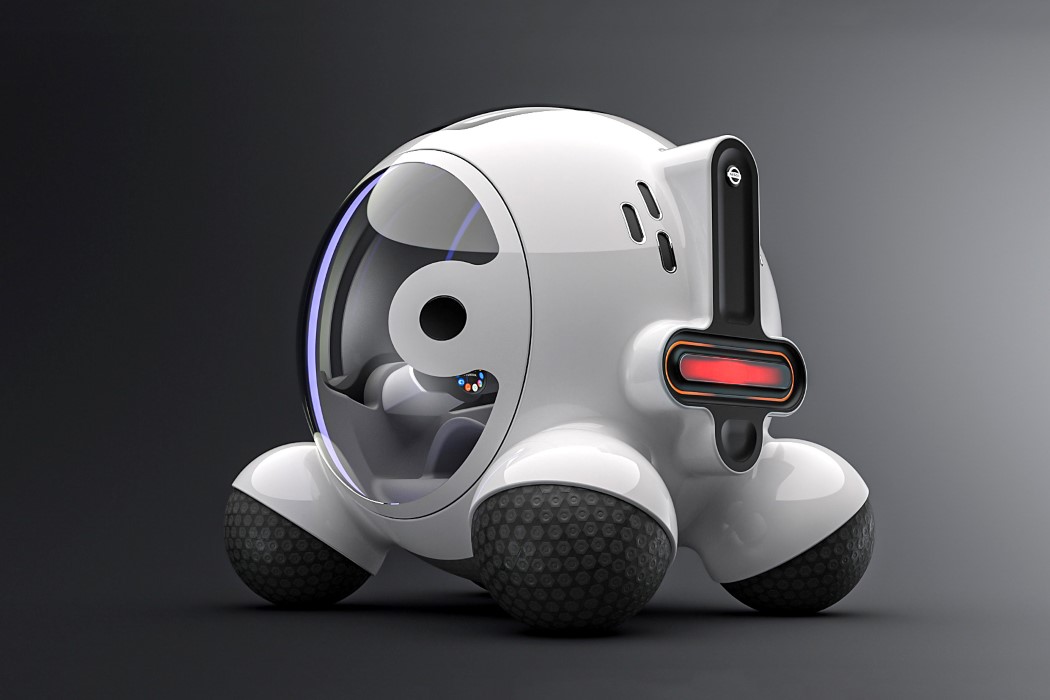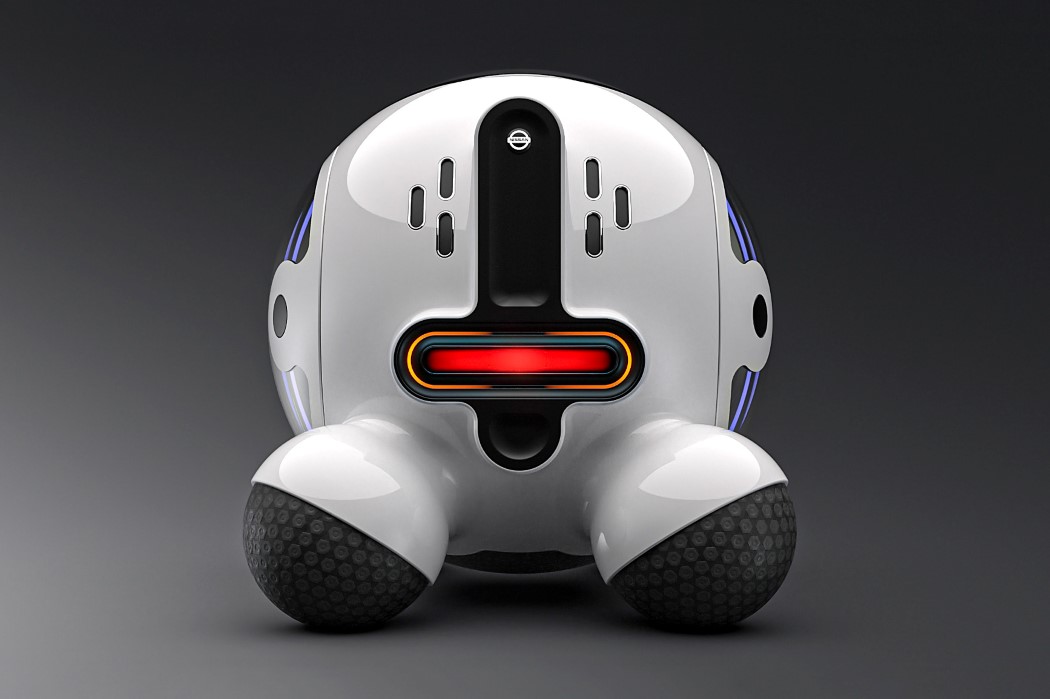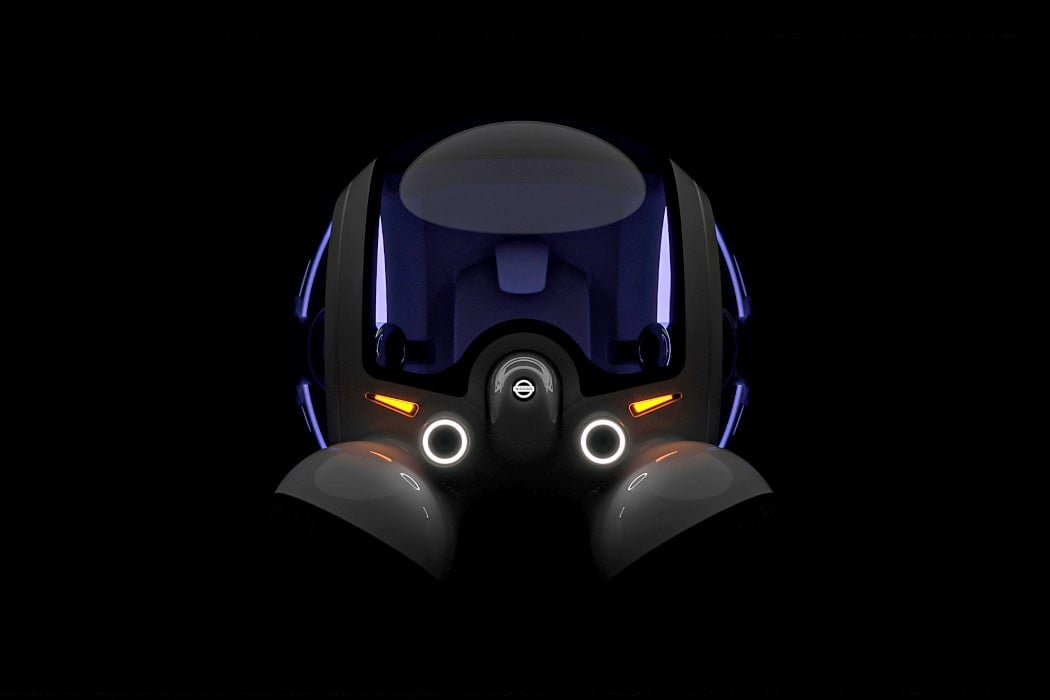Tag Archives: mars
China probe delivers its first photo of Mars
NASA abandons InSight mission to crack the surface of Mars
The ExoMy is a programmable $600 Mars rover you can build yourself
Curiosity rover finds evidence of ancient megafloods on Mars
This aerial drone for NASA will help discover prospective landing sites on Mars
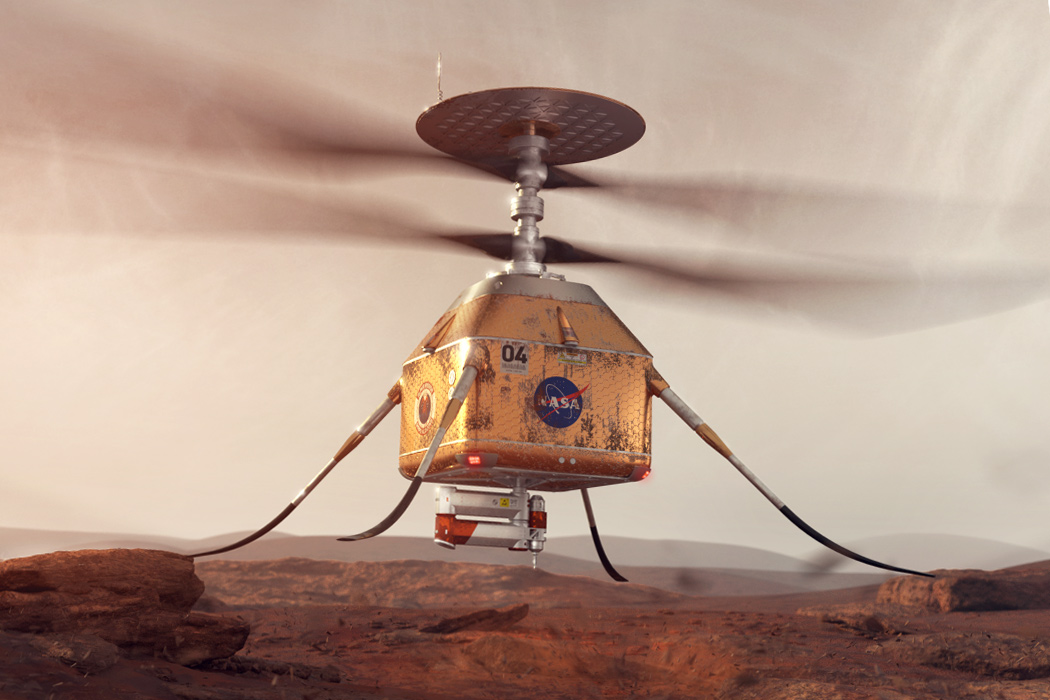
As planet Earth grows too chaotic for habitation in the near future, the next frontier is definitely Mars. NASA has been working hard on Mars missions currently underway and the ones that are lined-up for the future, and the dream doesn’t look too distant when humans will set foot on the planet. The final destination being to colonize the red planet just like ours. The surface of the hostile planet is a challenge to explore and an aerial vehicle that can survey the surface of the planet in close proximity for the ground units to zero-in on the hot spots to scan on priority makes complete sense.
The Mars Aerial Exploratory Drone 2030 which is the brain-child of 3D Generalist Anton Weaver aims to be the lead aerial surveillance vehicle that helps in tracking out the key habitat zones or detect any unknown threats in advance with its vantage position up in the air. The drone is inspired by the NASA Mars Helicopter which is planned for use with the scouting tasks for the future Mars rovers. According to Anton, the drone is more advanced than NASA’s iteration, with “bigger, smarter, and more utility.” It has soft landing pads for any surface on the planet and runs on the solar power of the sun.
That said the primary objective of the drone will be to identify the points of interest for the research team and detect sites that’ll be of interest to the ground team. The aerial vehicle can also perform drilling tasks to bring back samples if the identified zone is too tough for the rovers to tackle. The idea by Anton is quite future-forward and if a prototype of this concept vehicle is designed, who knows, it could actually scout the Mars surface come year 2030!
Designer: Anton Weaver
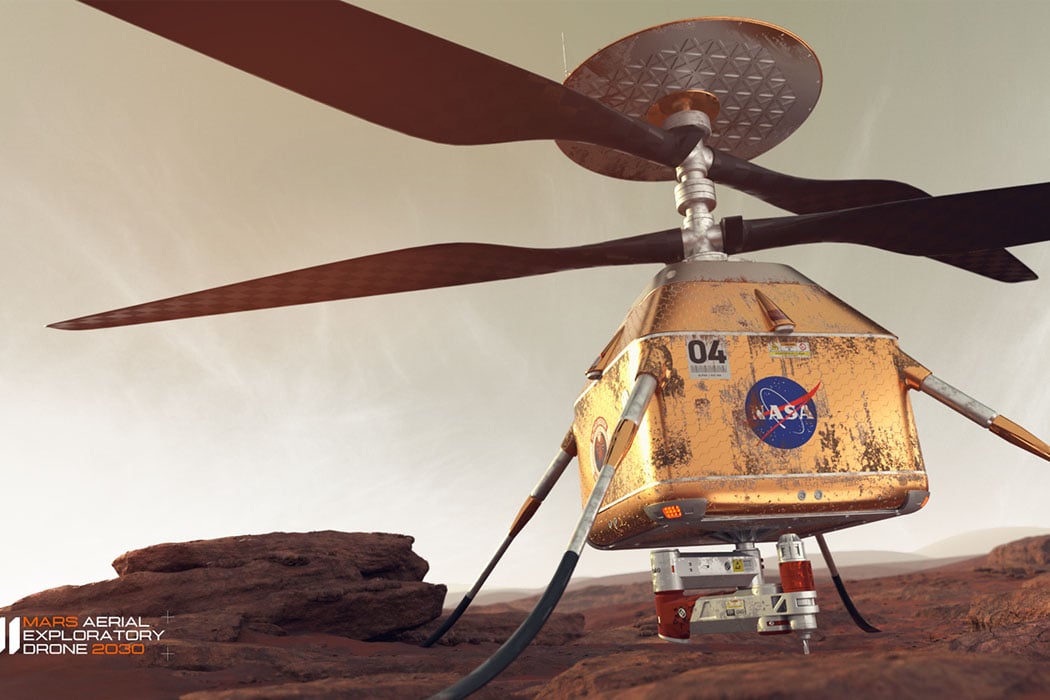
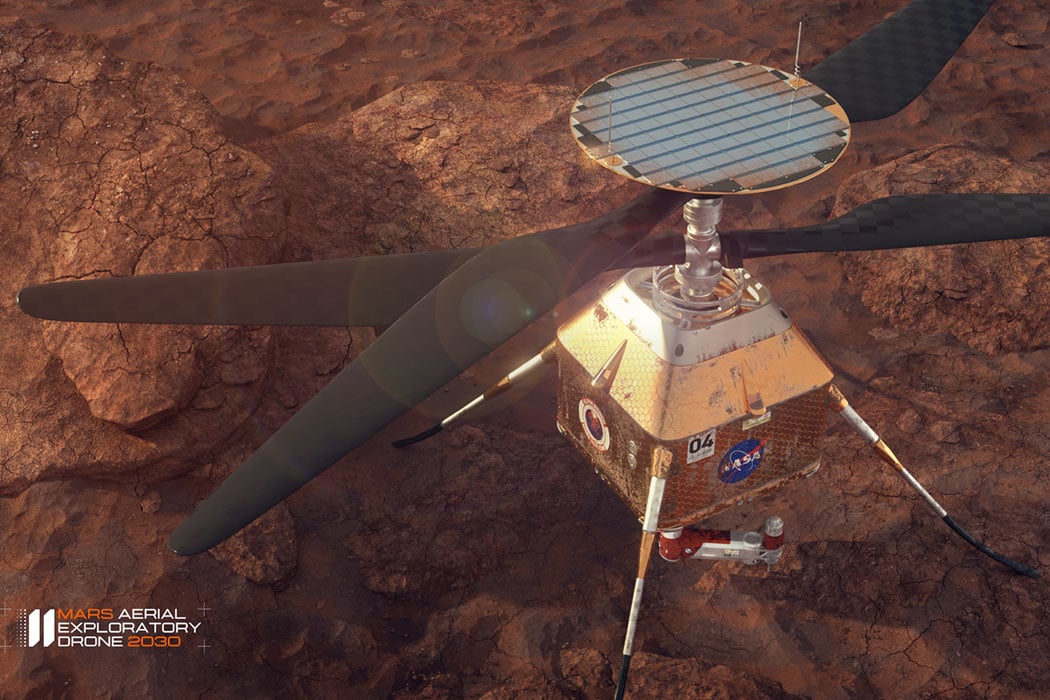
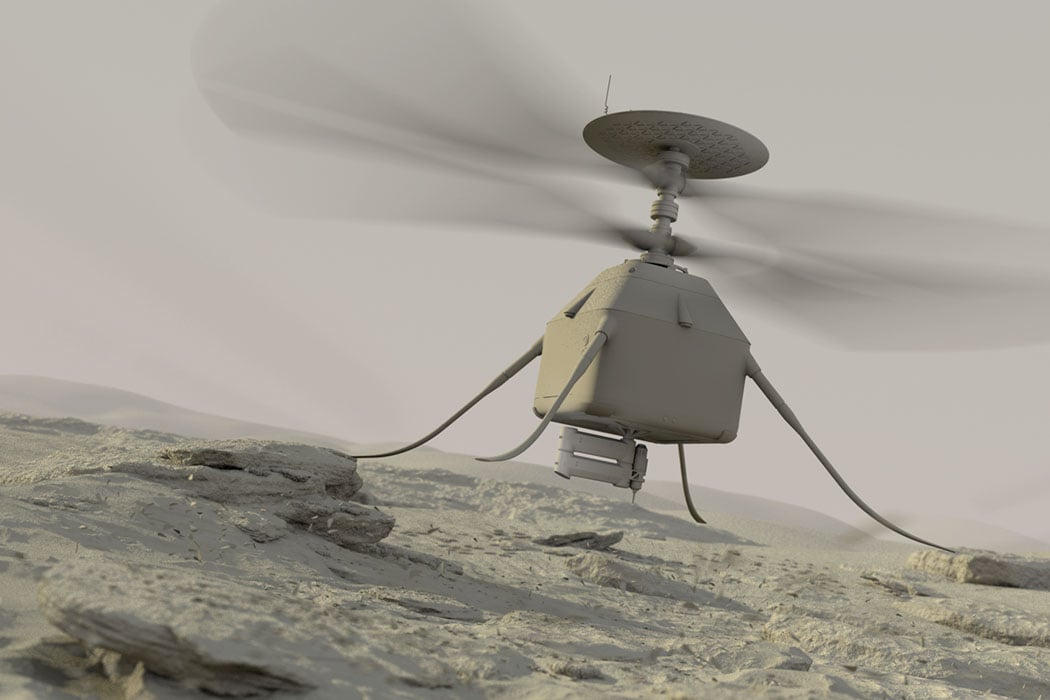
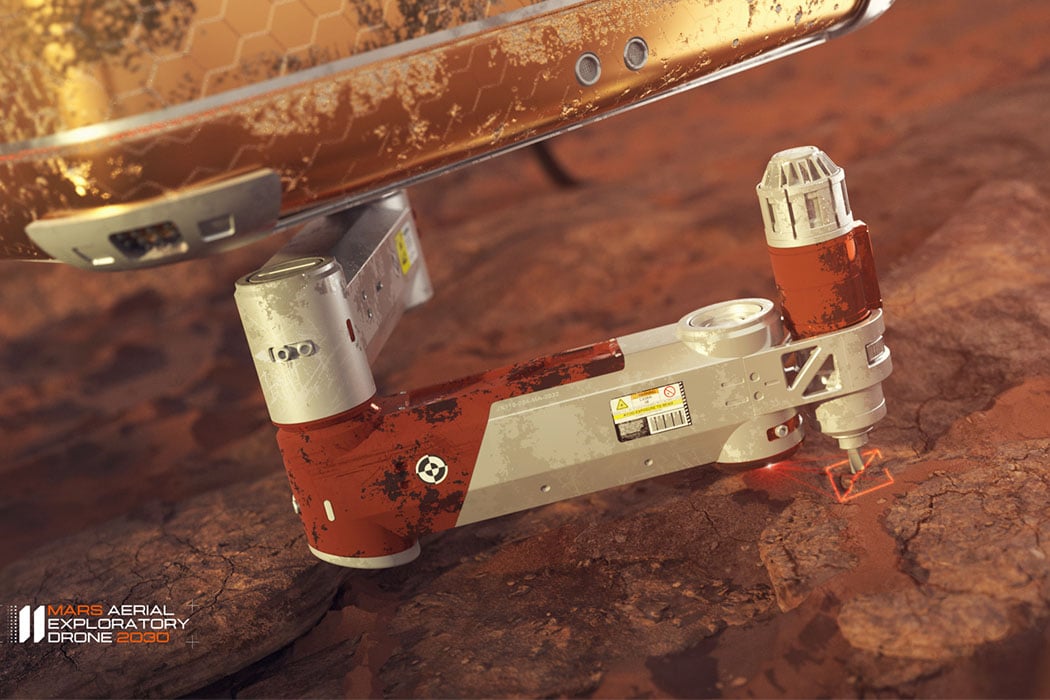
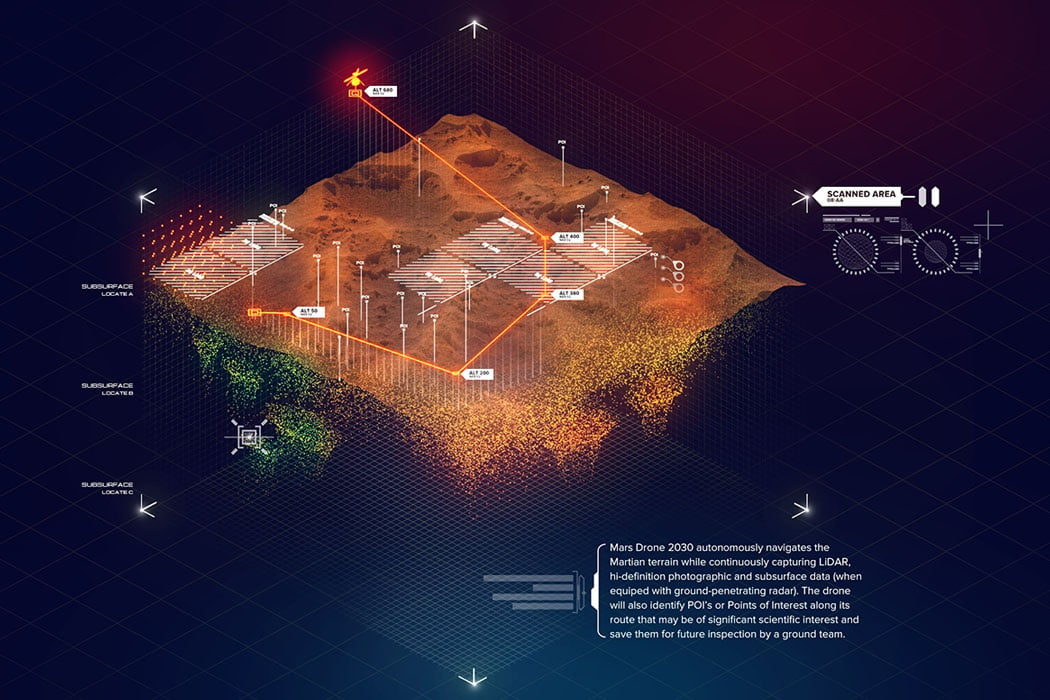
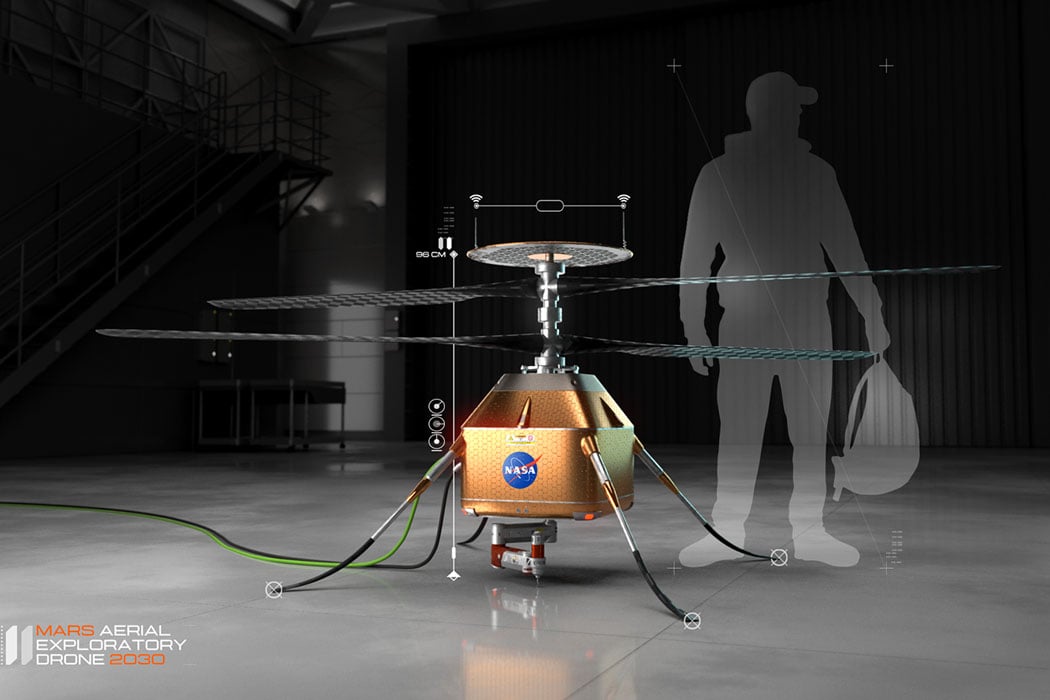
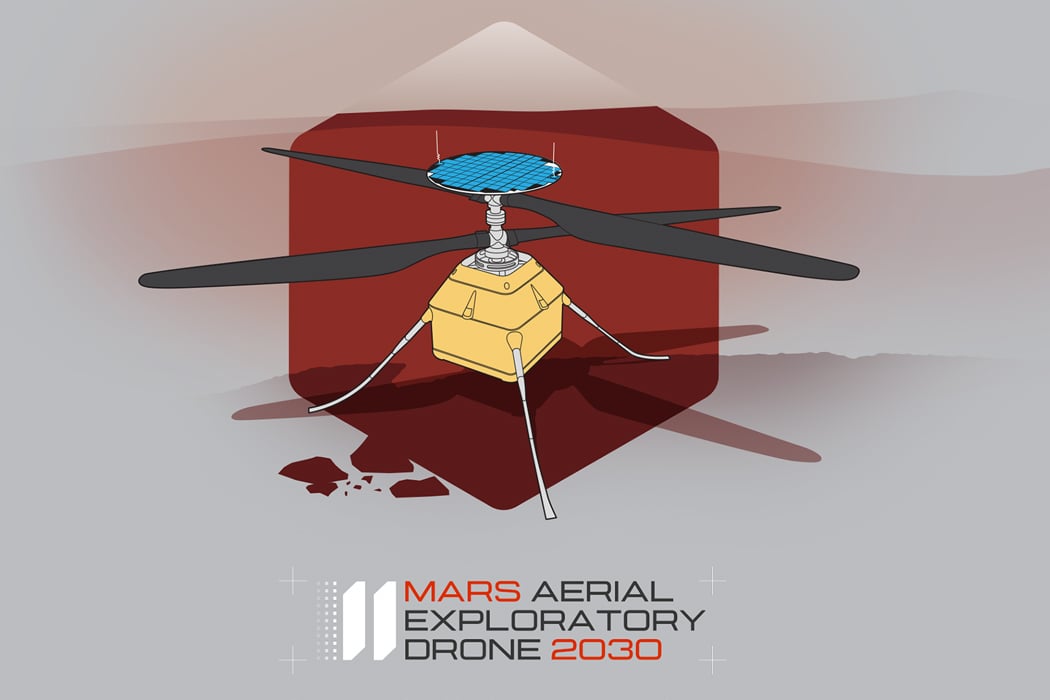
After Math: Sonos sues Google again while Facebook keeps cleaning house
The Nissan Dodgy looks like a pod-vehicle designed for terraformed Mars
Henry Ford famously said about his car “If I had asked people what they wanted, they would have said faster horses.” The car itself was a big shift from horse-pulled chariots that existed before, and it took a shift in thinking to achieve the cars we have today. Look at the Nissan Dodgy concept and it looks like the next paradigm shift in transportation.
The Nissan Dodgy by Burov Design resembles a car no doubt, in that it has space for a driver and runs on four wheels, but it visually looks nothing like the cars we see on the roads. For starters, it’s dominated by an unusual affinity for spherical forms. The car itself is spherical in shape, and even has spherical wheels that rotate in all directions, giving the car freedom to move in any direction without rotating. (Remember the Audi RSQ from the film I, Robot?)
The car’s spherical cabin provides ample space for one person, with a panoramic windscreen that stretches all the way to the top, and large glass panels on the doors that give the Dodgy’s driver increased visibility in almost all directions (perhaps because the car can move in multiple directions too). The dashboard features a standard steering wheel system, although a slight glimpse of it shows multiple icons on the wheel, suggesting that the steering is actually a circular display.
So where would one drive the Nissan Dodgy? Well, that isn’t entirely apparent right now, considering the car is just conceptual… but I do see it being the norm in a distant future where motors, batteries, and components can fit right into the underbelly of a vehicle, resulting in a smaller vehicle that’s less car-shaped and more pod-shaped. The overall circular design? That seems like an aesthetic flair… but something does make me think the pod would look better in a futuristic setup. Perhaps on a red planet?
Designer: Burov Design
